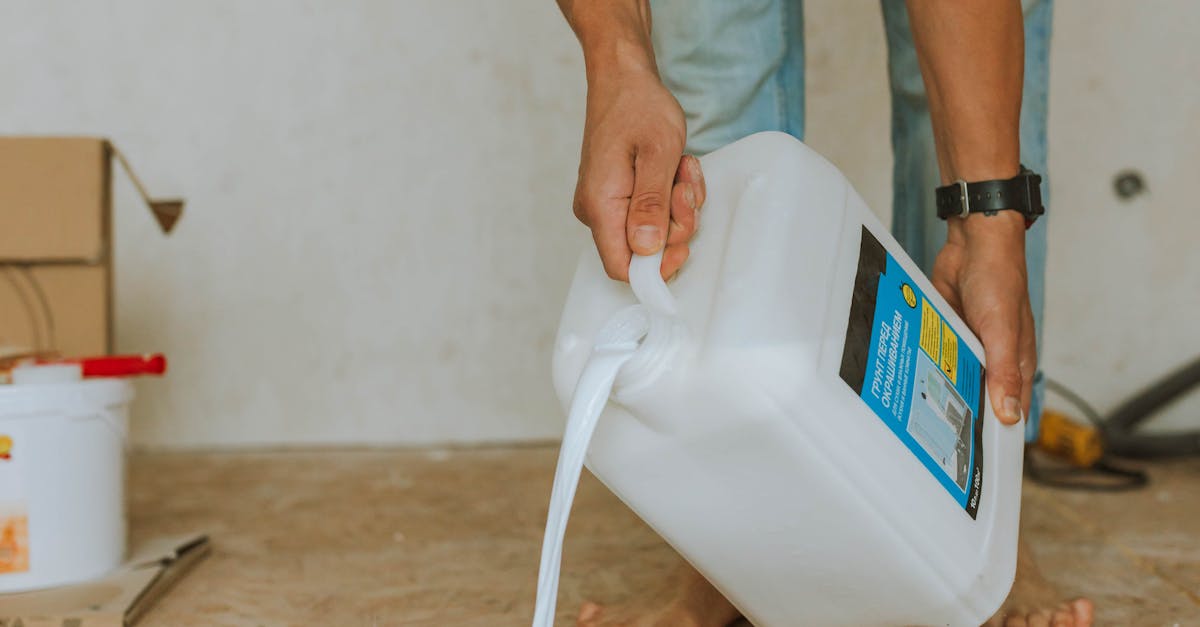
Common Mistakes to Avoid
Many DIY enthusiasts overlook the importance of accurately measuring their starting point when embarking on a tile floor installation. A common mistake involves assuming that the walls are perfectly square. This assumption can lead to crooked lines and uneven tiles, ultimately resulting in a misaligned floor. Properly checking the squareness of the space before laying down tiles will save time and frustration in the long run.
Another frequent error occurs when individuals fail to account for the expansion joints needed in tile floor installation. Ignoring these spaces can lead to cracking or buckling as the materials expand and contract with temperature changes. Ensuring that each side of a tiled area maintains a proper gap will help maintain the integrity of the installation. Being aware of these common pitfalls is essential to achieving a professional-looking tile floor.
Pitfalls in Applying the 3 4 5 Rule
Applying the 3 4 5 rule in tile floor installation can lead to mistakes if not executed properly. One common pitfall is miscalculating the measurements. If the dimensions of the area are slightly off, even a small error in measurement can result in crooked tiles or uneven spacing. Ensuring that the initial checks are accurate is crucial for maintaining squareness throughout the project.
Another mistake often encountered is neglecting to check the level of the floor before starting. An uneven substrate can affect the effectiveness of the 3 4 5 method. If the foundation isn't properly leveled, even an accurately applied 3 4 5 triangle may not yield a perfectly squared layout, causing further complications down the line. Attention to both measurement and alignment is vital for a successful tile floor installation.
Alternative Methods for Ensuring Squareness
When it comes to ensuring squareness in tile floor installation, several alternative methods can be employed. One common approach involves using laser levels, which project a straight line across the surface, allowing for precise alignment of tiles. This method helps to eliminate the guesswork often associated with manual measurements, increasing efficiency and accuracy during the installation process. The use of lasers can also enhance visibility, making it easier to spot any misalignments early on.
Another effective technique is the use of a square tool, such as a framing square or a speed square. By measuring and marking key points on the floor and aligning them with the square, installers can create a reliable reference point for laying out tile. This method is straightforward and cost-effective, making it accessible to both DIY enthusiasts and professional tilers. Utilizing these alternatives can complement the 3 4 5 rule and contribute to a well-aligned, visually appealing tile floor.
Comparing Other Techniques
When considering alternative methods for ensuring squareness in tile floor installation, the use of laser levels and digital measuring tools has gained popularity. These high-tech solutions can provide precise measurements and easy adjustments, helping to create a level foundation without the need for manual calculations. They often allow for quicker setups and can be particularly useful in larger spaces where traditional methods may become cumbersome.
Another technique involves using a chalk line to establish straight reference lines. This method is straightforward and effective for beginners. By snapping lines to outline the intended layout, installers can visually guide their placement of tiles. While it relies more on manual skill, it remains a viable option for those who prefer a hands-on approach during tile floor installation. Each method has its advantages and can be chosen based on the project requirements and the installer’s familiarity with the techniques.
Practical Applications of the 3 4 5 Rule
The 3 4 5 rule is particularly beneficial in tile floor installation, ensuring that the layout is square and visually appealing. By utilizing this method, installers can avoid uneven tile placement, which can become noticeable once the project is completed. Proper squareness is crucial not only for aesthetic reasons but also for preventing potential difficulties when cutting tiles for the edges or corners of the space.
In practical applications, the rule is often employed at the start of a tiling project. Installers measure out a right triangle using the 3-4-5 measurements to verify that the walls and initial tile lines are square. This technique greatly aids in setting a reliable reference point, allowing for consistent alignment throughout the entire installation. It provides a straightforward approach in various settings, from residential kitchens to commercial spaces, ensuring high-quality results.
Use Cases in Various Tiling Projects
The 3 4 5 rule is particularly useful in tile floor installation for creating a visually appealing and professionally finished look. When laying tile, ensuring that your starting lines are square can impact the entire layout. By measuring 3 feet in one direction and 4 feet in another, you can easily mark a right angle. This method helps prevent misalignment that could become noticeable once the tiles are in place.
In bathroom renovations, this rule is often applied to ensure that floor tiles line up properly with wall tiles. Accuracy in aligning the edges enhances aesthetics and may even affect the overall functionality of the tile installation. Using the 3 4 5 rule helps streamline the process and boosts confidence in achieving precise measurements, which is crucial in tight spaces common in such projects.
FAQS
What is the 3 4 5 rule for laying tile?
The 3 4 5 rule is a simple method used to ensure that corners are square when laying tile. It involves measuring three feet along one edge, four feet along the adjoining edge, and verifying that the distance between the two points is five feet. If it measures five feet, the corner is square.
Why is it important to use the 3 4 5 rule in tiling?
Using the 3 4 5 rule helps to achieve precise alignment of tiles, which is crucial for both aesthetics and structural integrity. It prevents issues such as uneven tiles and gaps, leading to a smoother, more professional finish.
Can I use the 3 4 5 rule on all types of flooring?
Yes, the 3 4 5 rule can be applied to various types of flooring installations, including tile, hardwood, and laminate. It is particularly useful for any project that requires precise angles and alignment.
What are some common mistakes when applying the 3 4 5 rule?
Common mistakes include miscalculating measurements, not ensuring that the edges are aligned properly before measuring, and failing to double-check measurements. These errors can lead to misalignment and uneven tiles.
Are there alternative methods for ensuring squareness when laying tile?
Yes, alternative methods include using a laser level, chalk lines, and framing squares. Each of these techniques can help ensure that your layout is square without relying solely on the 3 4 5 rule.

